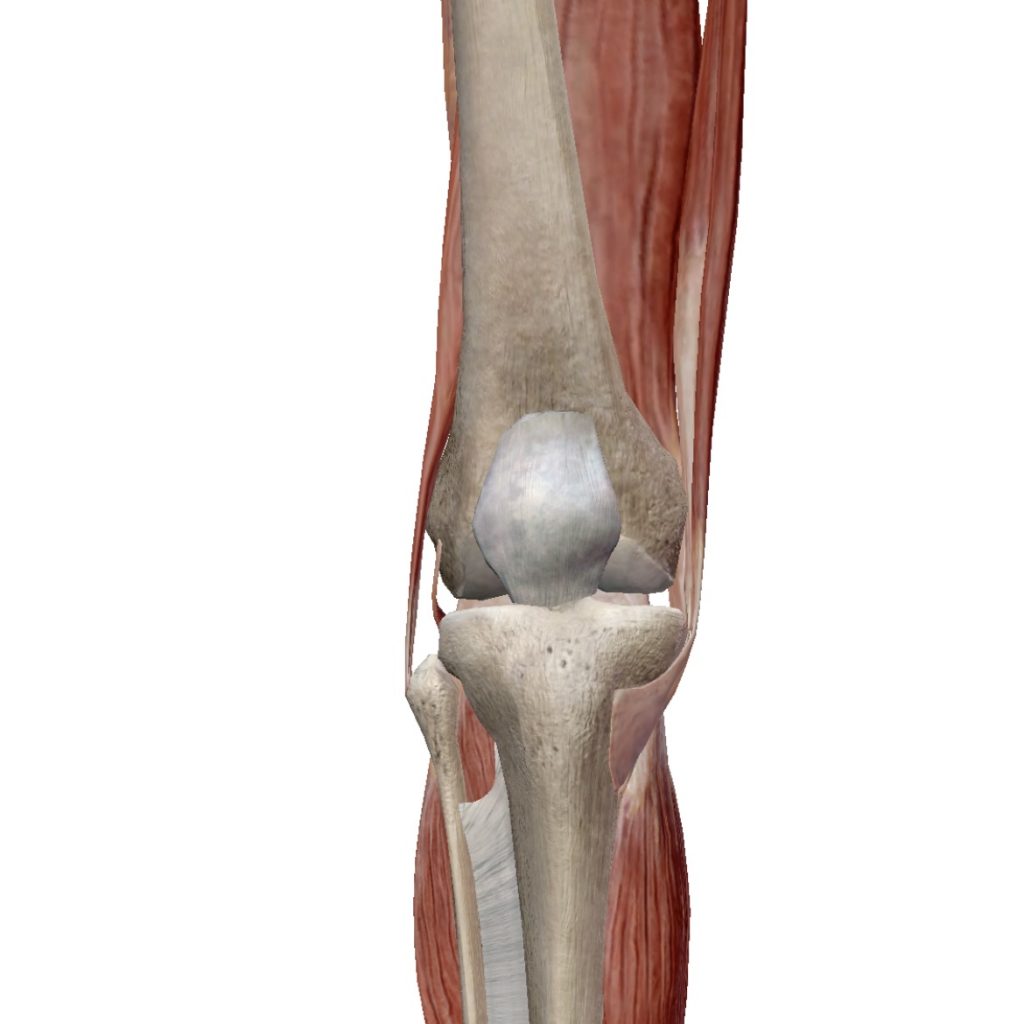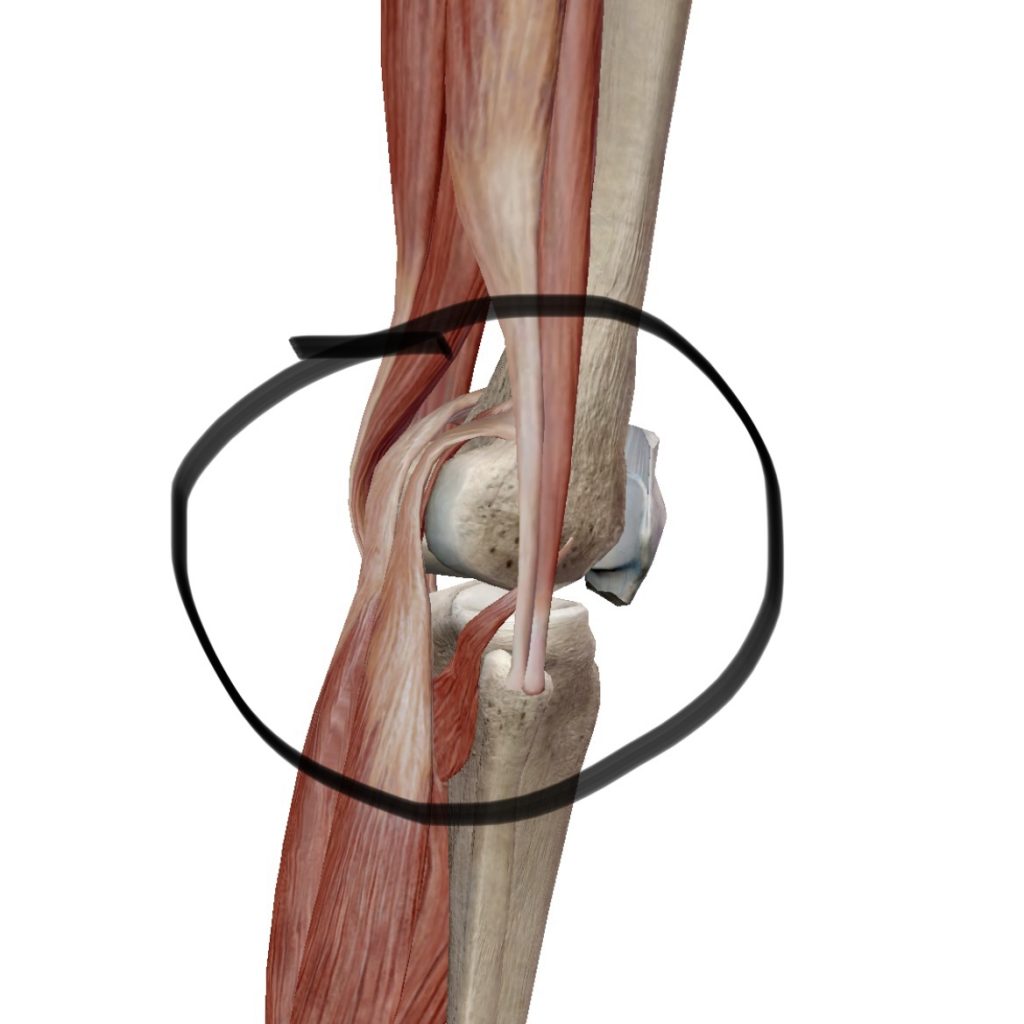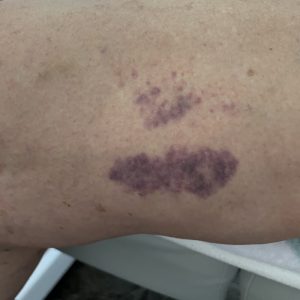What Does K-Tape Do?
Kinesiology tape or K-Tape for short is a way for you to support a body part that is healing. The word Kinesiology refers to the movement of the body and these sticky strips mimic the ways that ligaments and tendons would hold joints together.
The way that the strips are cut and laid to cover the joint is intended to give additional relief. If there is a tear or strain in the tendon or ligaments K-tape can be used as a back-up, of sorts.


Benefits
If you hate the feeling of a compression stocking or a brace, then K-tape is a great way to give the sensation of “breathing”. Braces are restrictive, they get hot and smelly and they’re hard to function with. K-tape is like a brace but offers more movement.
The Cuteness Factor. K-tape can come in all kinds of designs and colors. If style matters to you then K-tape is preferred over the majority of ugly and bulky braces on the market today.
Inconspicuous. A brace screams “I’m hurt!” and you’ll invite curious comments that you may not want to know. Maybe you’re injured and don’t want your employer and clients finding out. The appearance of an injury could cost you an opportunity or make people nervous about working with you. K-tape can hide underneath your clothing without calling the kind of attention you don’t want.
Cons
Braces may get hot and smelly but their reusable where K-Tape is not. It will cost you to purchase the pre-cut strips or roll. If you have this applied at a clinic or a facility, you’ll have to pay the professional to “tape you up” with the knowledge they have of the human body. This is fine, every professional should be paid for their expertise but the cost can add it. K-tape isn’t intended to be worn longer than a week.
Adhesive rash
Sometimes, depending on the brand, you may have an allergic reaction to the adhesive on the tape. Again, every brand is different but while you’re shopping keep this in mind. For myself, I would search for a money back guarantee if the tape causes my skin to react before I purchase. Reviews may help but bodies are different, a reaction of one person isn’t the reaction of another. When you’re ready, buy your roll and cut off a small piece and place it on your skin for a few days. You’ll get a sense for how well the adhesive works and if it causes a rash or something similar on your skin.
The Pull Off
Ever try to pull a bandaid off, doesn’t feel great does it? Whether you have a high pain tolerance or not, removing something sticky from your skin typically doesn’t feel good. Another downside to working with K-tape.
Bruising
Ok, let me be clear. K-tape doesn’t cause bruising in that the body is not struck but it can leave a mark. If you’re a professional offering this, I recommend adding this question to your intake form. I used K-tape recently on a seventy four year old woman with low blood circulation and diabetes. After three days, the mark that was left is shown below.


These marks are cosmetic but you should be aware that they can occur if you bruise easily and with certainty, you know your body and if you do.
How Long Can I Leave K-Tape On?
K-tape is not meant for longer than a week. In my experience, three to five days is ideal. If there is no allergic reaction to the adhesive you would continue to reapply K-tape for the duration that your doctor or rehabilitation therapist recommends you use a brace. K-tape is not meant to be used indefinitely, in other posts I’ve mentioned that rehab professionals and doctors would prefer you to limit the use of added support until your body heals. The goal would be for your tendons and ligaments work well on their own without the use K-tape or a brace. Over use will lead to the body becoming dependent and weak. After one week, you may see how you move without the tape for a day and then determine if it needs to be reapplied. Remember the goal is unassisted movement of the body without the tape.
As you heal and grow stronger its best to visit a physical therapist or a fitness professional that has experience with recovery from injury. Strengthening your ligaments and tendons is crucial! Depending on the injury this could take several weeks to months so keep the tape handy.
After recovery people keep their brace and have no clue what to do with it. It takes up space in your home for years to come. K-tape doesn’t give this problem. If you’re environmental conscious then please know you will be creating waste when you use K-tape.
Can I Apply K-Tape Myself?
Yes! You absolutely can. Today, almost anything can be learned online including how to properly apply K-tape. If you’re unsure or worried I recommend purchasing your own roll and asking an experienced therapist, nurse or physician to do it.
Is K-Tape Effective?
In conclusion I would say yes. I’ve been treating muscular injuries for over two decades and I see the results when using K-tape. I also recognize that it’s not the right fit for everyone and brands differ in their quality. K-tape is the use of support in recovery which is always useful. Similar to good shoes, a proper gel mat when standing for long periods or a mattress; there are many ways we can sustain ourselves for better health. If brands could address the issue of the material being biodegradable I believe it would be much easier to use. Who knows? Maybe there is an eco-friendly K-tape out there and I’m just unaware of it. I’m open to that too. The goal is to care for others, be open to new devices or materials for healing and let’s throw in loving the planet too. If you find a K-tape you love would you let us know? Shoot us an email at michelle@luminamassage.com


